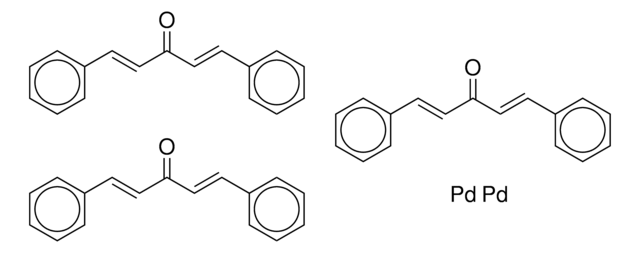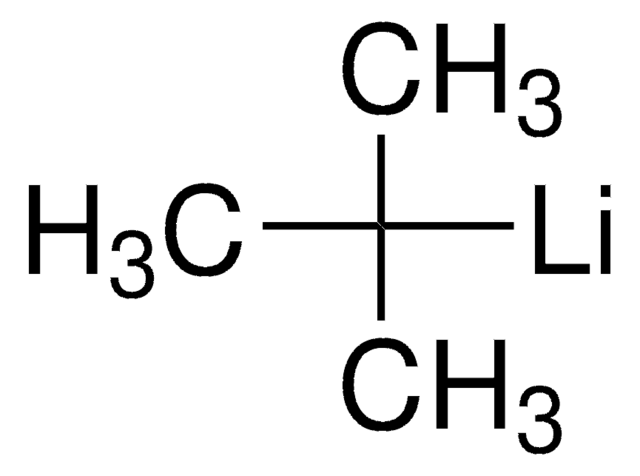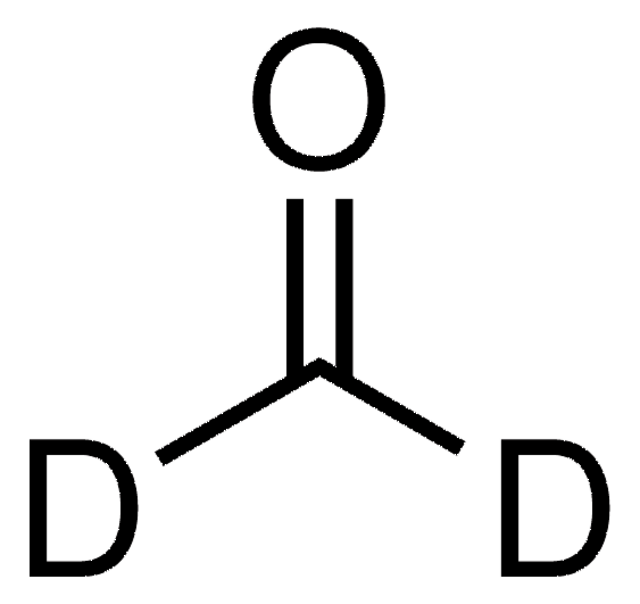202207
Boron tribromide
ReagentPlus®, 99.9%
Synonym(s):
Tribromoboron
About This Item
Recommended Products
vapor density
8.6 (vs air)
Quality Level
vapor pressure
40 mmHg ( 14 °C)
product line
ReagentPlus®
assay
99.9%
color
colorless
bp
~90 °C (lit.)
mp
−46 °C (lit.)
density
2.60 g/mL at 20 °C (lit.)
SMILES string
BrB(Br)Br
InChI
1S/BBr3/c2-1(3)4
InChI key
ILAHWRKJUDSMFH-UHFFFAOYSA-N
Looking for similar products? Visit Product Comparison Guide
Application
- Drug intermediate 6-nitro-L-DOPA
- Luminescent polystyrene derivatives with sterically protected carbazolylborane moieties
- High-quality boron-doped graphene via Wurtz-type reductive coupling reaction
- Mercapto-(+)-methamphetamine haptens for synthesis of (+)-methamphetamine conjugate vaccines with improved epitope densities
- Micrometer-sized organic molecule-DNA hybrid structures
- Borane complexes via electrophilic aromatic borylation reactions
- A 5-HT2C receptor agonist
- Biphenyl-derivatives possessing tertiary amino groups as β-secretase(BACE1) inhibitors for the treatment of Alzheimer′s disease
- A highly near-IR region fluorescent p-extended boron aza-dipyrromethene moiety unit
- Tetrahydroisoquinoline derivatives via intramolecular cyclization of methoxy-substituted N-phenethylimides
Legal Information
accessory
signalword
Danger
hcodes
Hazard Classifications
Acute Tox. 2 Inhalation - Acute Tox. 2 Oral - Eye Dam. 1 - Skin Corr. 1A
Storage Class
6.1A - Combustible acute toxic Cat. 1 and 2 / very toxic hazardous materials
wgk_germany
WGK 3
ppe
Faceshields, Gloves, Goggles, type ABEK (EN14387) respirator filter
Choose from one of the most recent versions:
Already Own This Product?
Find documentation for the products that you have recently purchased in the Document Library.
Customers Also Viewed
Our team of scientists has experience in all areas of research including Life Science, Material Science, Chemical Synthesis, Chromatography, Analytical and many others.
Contact Technical Service










